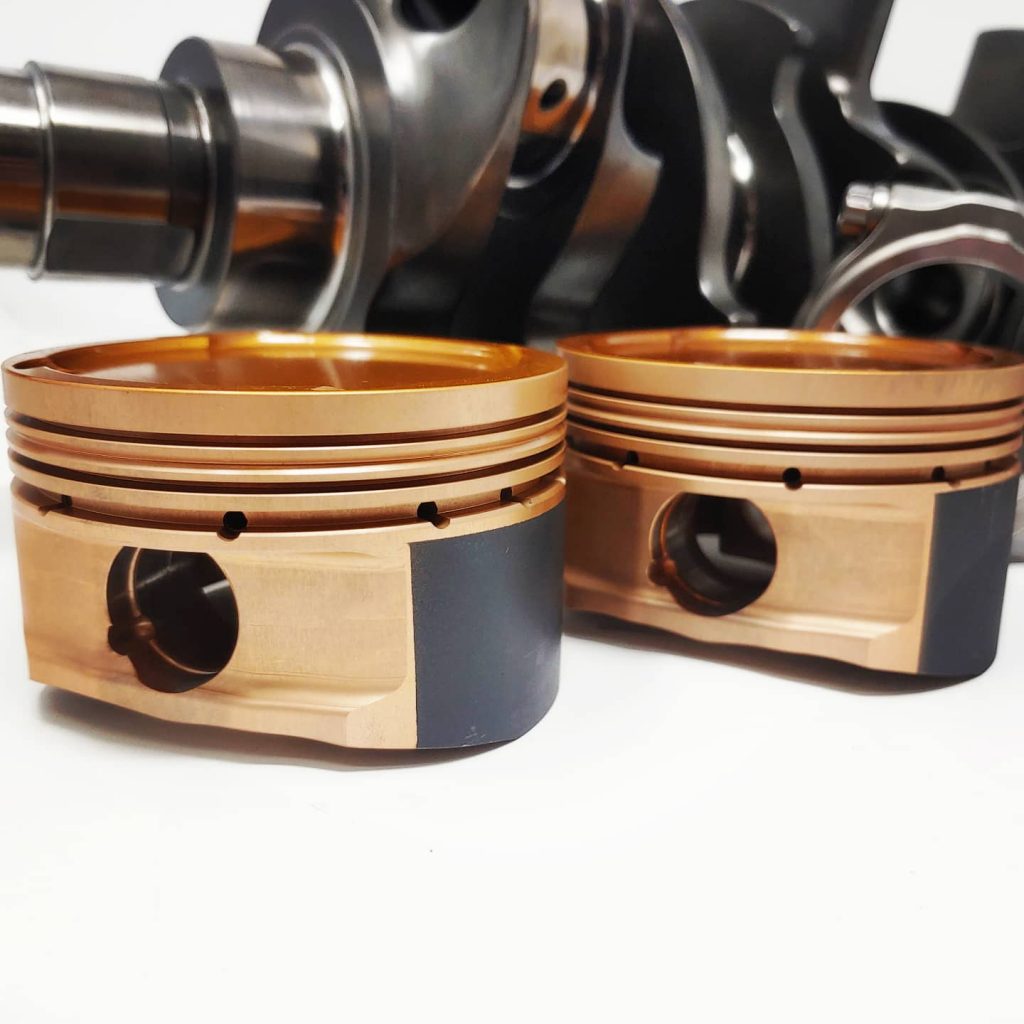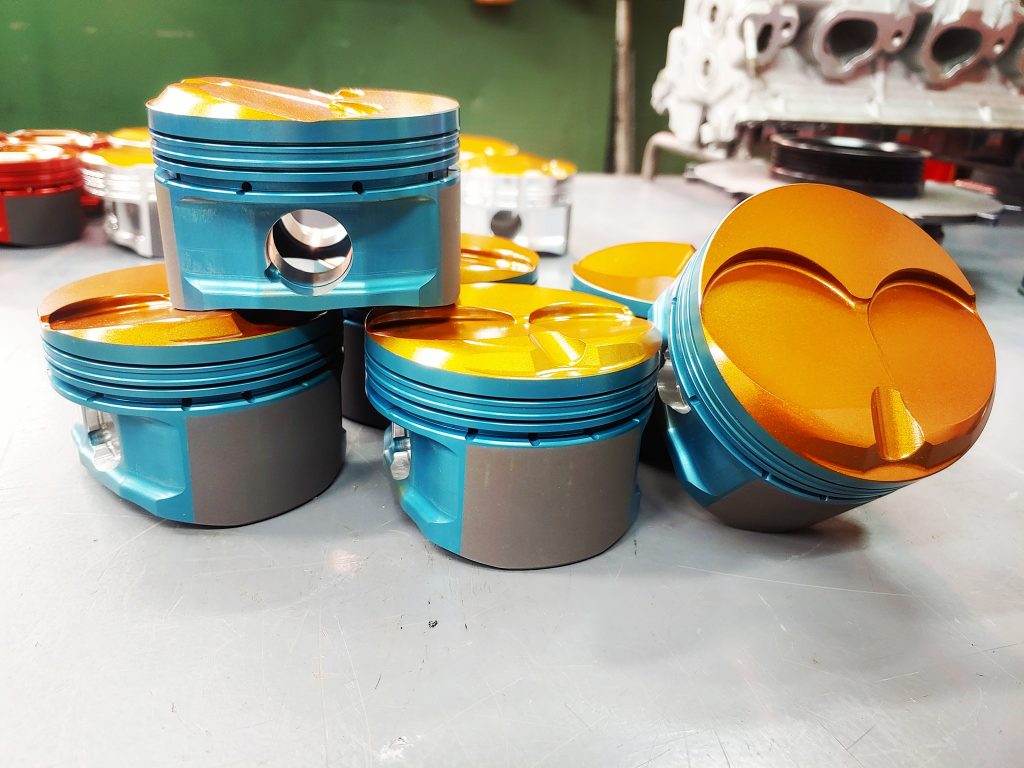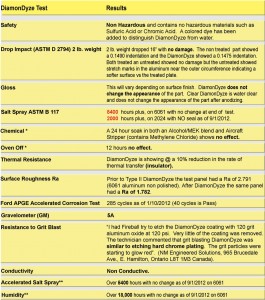Do you want to EXCEED the performance of typical anodizing? EP Racing is utilizing a revolutionary new CERAMIC ANODIZING process called DiamonDyze that will take your parts to an unmatched level by:
Creating A Tighter, Stronger, & Denser Surface
Attaining Greater Chemical, Mechanical, & Thermal Properties
A Much Broader Array of Applications and With Colors
A Much More Cost Effective & Longer Lasting Part
DiamonDyze™ is a break through in colored and hard anodizing. The advanced ceramic formulation provides the applicator with the ability to color anodize parts AND impart extreme wear, thermal, chemical and corrosion resistance in one simple step.
A breakthrough anodic process called DiamonDyze that far exceeds typical anodizing. This new anodizing process FAR EXCEEDS Mil Spec 8625 corrosion testing as well as all other test used for typical anodized aluminum.
Colored anodizing has several advantages compared to hard anodizing. It uses less hazardous materials, uses less energy and provides a smoother, less porous surface with good chemical and corrosion resistance. However until now the only way to have extreme wear resistance was to turn to hard anodizing. Hard anodizing does create a very hard and durable surface but at the expense of the qualities that make colored anodizing so popular. NOW DiamonDyze™ combines the best features of both.
DiamonDyze™ is simply added at the step where color would normally be imparted to a part undergoing the anodizing process. DiamonDyze™ replaces standard colored dyes in the process line. That is it. The end result is a part that can be produced in any standard color available, including shades made by mixing the colors. DiamonDyze™ then increases the chemical and corrosion protection AND adds extreme wear resistance as well as increased thermal resistance.

Test Data
With the anodic process, the surface of 6061 aluminum (most used aluminum alloy because of its properties and cost) is much smoother and stronger than traditional anodizing. Thermal penetration is reduced and the corrosion, chemical, impact, and wear resistance is much greater because of the tighter, denser pore structure of the anodic substrate layer. Instead of growing a thick outer layer of aluminum oxide, we focus on strengthening the substrate itself and making it as strong as it possible. With this process there’s virtually NO dimensional change in part size whereas typical anodizing has up to 5-7 mils of growth on top of the substrate.
Ceramic Anodizing Vs. Typical Anodizing
-
Greater Corrosion Resistance
-
Greater Chemical Resistance
-
Greater Wear Resistance
-
Increased Thermal Barrier Capabilities
-
Greater Surface Density
-
Greater Impact Resistance
-
Incredibly Smoother Anodic Coating
-
No Significant Dimensional Change
-
Tighter Pore/Surface Structure
-
Greater Wear Resistance Against Softer Surfaces
-
Available In A Variety Of Colors
-
Coating Pliability (Will NOT Crack When Stretched)
Examples of Automotive & Motorcycle Racing Use
-
Shock Absorbers
-
Fittings
-
Pistons
-
Valve Covers
-
Oil Pans
-
Wheels and Hubs
-
Brake Caliper Body
-
Carburetor and Injector Parts
-
Fuel Pumps
-
Water Pumps
-
Sprockets
-
Case Savers
-
Fork Tubes and Pistons
-
Exhaust
-
Swing Arms
If you are interested in having this form of surface finish performed please contact me for more details and pricing.



